5 affordable classics that ended 2022 on a high
As the big January auctions kick off in Kissimmee, Florida, the general take on the collector car market is that the buying fever of early 2022 has receded, owing largely to inflation. Yet our latest Hagerty Price Guide, which updates values quarterly for more than 40,000 vehicle configurations, again makes clear that such generalizations don’t always tell the full story.
It’s true the latest guide, based on all the sales data we pored over from the fourth quarter of last year, broadly confirms that appreciation slowed and in some cases retreated. But we also noticed plenty of other cars picking up steam, particularly in the affordable part of the market.
We’re talking really affordable vehicles—stuff that not long ago could be had for pocket change. Even with the gains in this guide, most remain solidly within reach for most enthusiasts.
To some extent, this uptick is likely a trailing effect of the appreciation we saw last year, not to mention general inflation. Just as a cash-strapped grocery shopper might swap in a store-brand ketchup when the price of Heinz gets too high, so might enthusiasts who have been priced out of their favorite classics look seriously at cars they previously hadn’t considered. These gains also show that even in the face of economic headwinds, overall interest in buying classic cars remains very strong.
1981–1994 Maserati Biturbo +45 percent
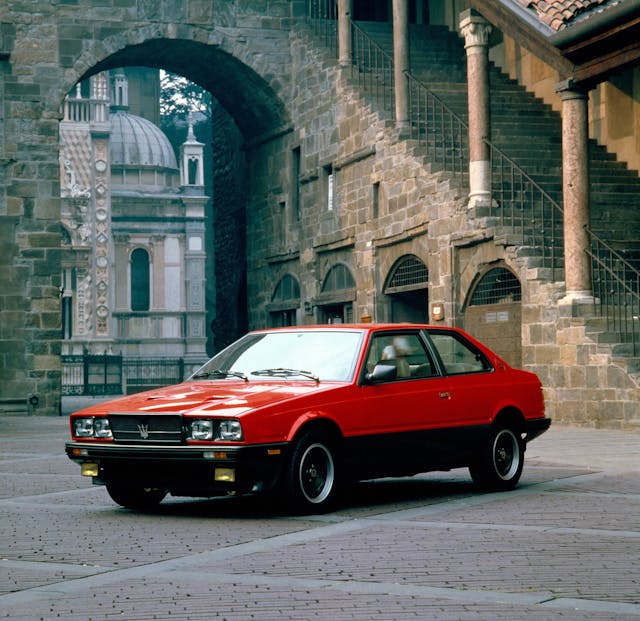
Mention the Biturbo and two images likely come to mind. One is the segment of Top Gear in which Jeremy Clarkson drops a dumpster on one to drive home his distaste of the car. The second is the stack of crippling repair bills associated with its questionable reliability. Despite the ill will that surrounds these cars, prices rose by 45 percent. All joking aside, due to the reputation around the Biturbo, any increases are noteworthy.
That said, a 45 percent increase on a dirt-cheap car still makes for a dirt-cheap car. Well, maybe organically composted topsoil cheap rather than simply plain dirt. A questionable Biturbo will still cost well under $10,000 and the cost to put it right will probably still cost several thousand additional, but a good car with no issues and meticulous service records is well into the $20,000 range.
If you’re expecting the Biturbo to hit it big, however, curb your enthusiasm. Our take is that these cars are simply now catching up with the rest of the market.
1987–1989 Mitsubishi Starion ESI-R/Chrysler Conquest TSi +43 percent

Relative to the nutty market for 1990s Z-cars, Supras, and Skylines, Japanese sports cars from the 1980s has remained relatively calm. In particular, we’ve wondered why more collectors haven’t taken note of the Mitsubishi Starion and sister car, the Chrysler Conquest.
These cars scream 1980s and the ESI-R and TSi models (Mitsubishi and Chrysler, respectively) could be had with a wide body and a turbocharged engine. Their relative affordability probably has a lot to do with the popularity of other, more recognized Mitsubishi products like the 3000GT and Lancer Evolution. Top-tier trims like the wide body ERI-R are in the $20,000 range; a true unicorn car that’s been virtually unused since new might crack the $40,000 range, but that’s more an exception than the rule.
Of course, many of those other Japanese cars have climbed out of reach, so many enthusiasts are starting to shift their gaze to lesser-known substitutes. As with the Maserati above, it is likely that the increase here is more related to catching up with the market rather than the potential for sustained, rapid growth.
1973–1976 Chevrolet Chevelle Laguna Type S-3 +40 percent
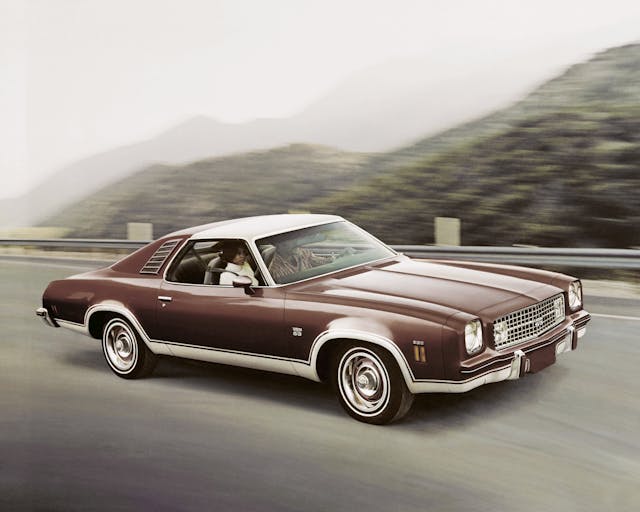
One of the segments that caught our attention in 2022 was so-called “malaise-era muscle.” Considering the general lack of support for aftermarket restoration parts and low performance of the mid-1970s, it comes as no surprise that cars from this era have been sitting at a discount when compared to other eras. That outlook may be slowly changing.
While we may be quite a ways from these cars being truly “expensive,” we’ve observed notable activity in more “sporty” models, particularly GM A-Body based vehicles like the Oldsmobile Hurst/Olds or the Pontiac Grand Am and Can Am. Chevrolet has been relatively stable until lately, when we observed that the Chevelle-based Laguna has started to gain attention.
Fans of the Laguna will be quick to point out its immense success in NASCAR competition. Its aerodynamics made it hard to beat on the circuit, with Cale Yarborough posting an impressive 34 of his 87 victories behind the wheel of a Laguna. The old adage of “win on Sunday, sell on Monday” translated very well to the Laguna, with the package accounting for 6 percent of Chevelle sales. While they were not uncommon in the 1970s, attrition and lack of restoration support has made them pretty scarce today.
A 40 percent increase on the Laguna indicates enthusiasts are quite interested in the finding those survivors. Again, keep in mind we’re talking about large percentage gains on small numbers: A Laguna in #2 (Excellent) condition can still be had for $30,000, and merely good ones go for closer to $20,000. When you consider the NASCAR connection, it’s a surprise they aren’t worth more. Maybe it’s time to take another look at the Laguna. Go on, do it for Cale.
1981–1993 Volvo 240 +38 percent
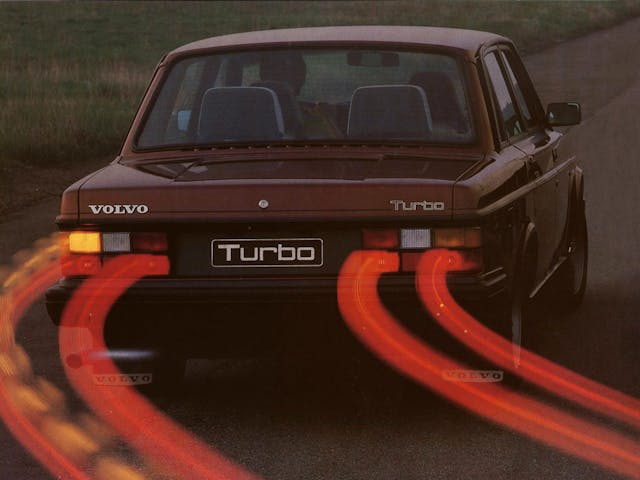
So far, the cars on our list have become more expensive largely as a consequence of something else becoming more even more expensive. The story is different with the Volvo 240. These are solid, widely admired cars with plenty of support and a reputation of going forever. Data from the insurance side of our business show there is widespread interest in these cars from collectors of all ages, from baby boomers to Gen-Zers.
These factors led us to call out the Volvo 240 as a vehicle with high potential for growth in the 2022 Bull Market List. We didn’t expect to be proven right so quickly—they gained an impressive 71 percent in 2022, with 38 percent growth in the fourth quarter alone. Again, we’re talking about a car with a pretty low starting point, so the dollar gains are not eye watering. You can still pick up a scruffy 240 for the monetary value of your pocket lint, but pristine models can set you back into the $30,000 range.
1991–1996 Chevrolet Caprice +36 percent
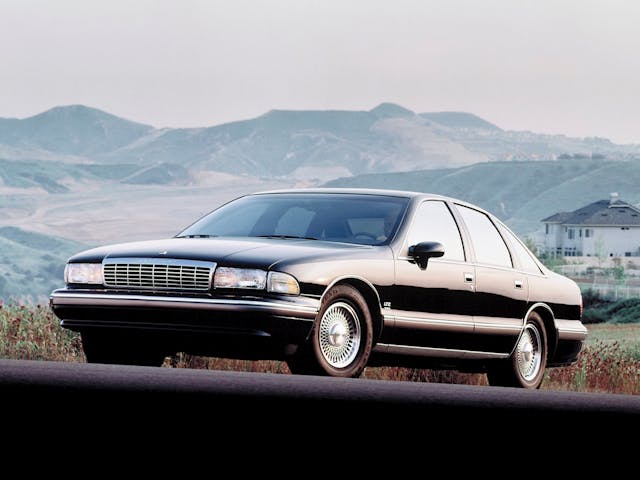
It’s big, it’s bulbous, and it’s getting attention. That’s right, we’re talking about the ’91–96 Caprice. While its sportier Impala SS sibling has been on collectors’ radar for a while, the Caprice has remained in the space between used car and fully accepted collector. Winding back to the 1990s, these cars were literally everywhere from family cars, to fleet vehicles in the form of taxis and police cruisers.
So why are these cars going up in value all of a sudden? We have a few theories. First, the Impala SS is no longer a cheap car. Second, whereas the SS sports a cleaner look than its more pedestrian stablemates, few people in today’s world are buying these cars for their performance—why not look at the base car? Last but not least, there’s the magical effect of time and nostalgia. Now that these cars are all more than 25 years old and are no longer common, the general public is accepting them as collectible. Whatever the reason, we may be witnessing a resurgence of interest in the last of the land yachts.
Check out the Hagerty Media homepage so you don’t miss a single story, or better yet, bookmark it.
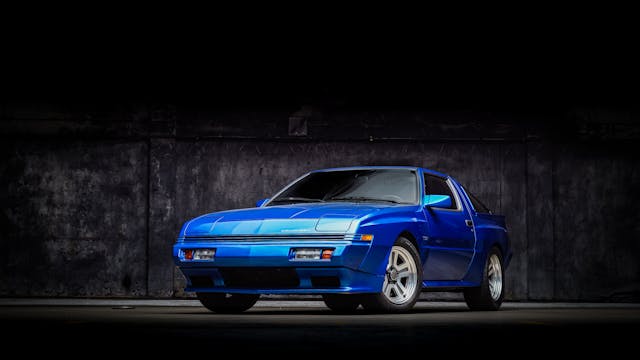
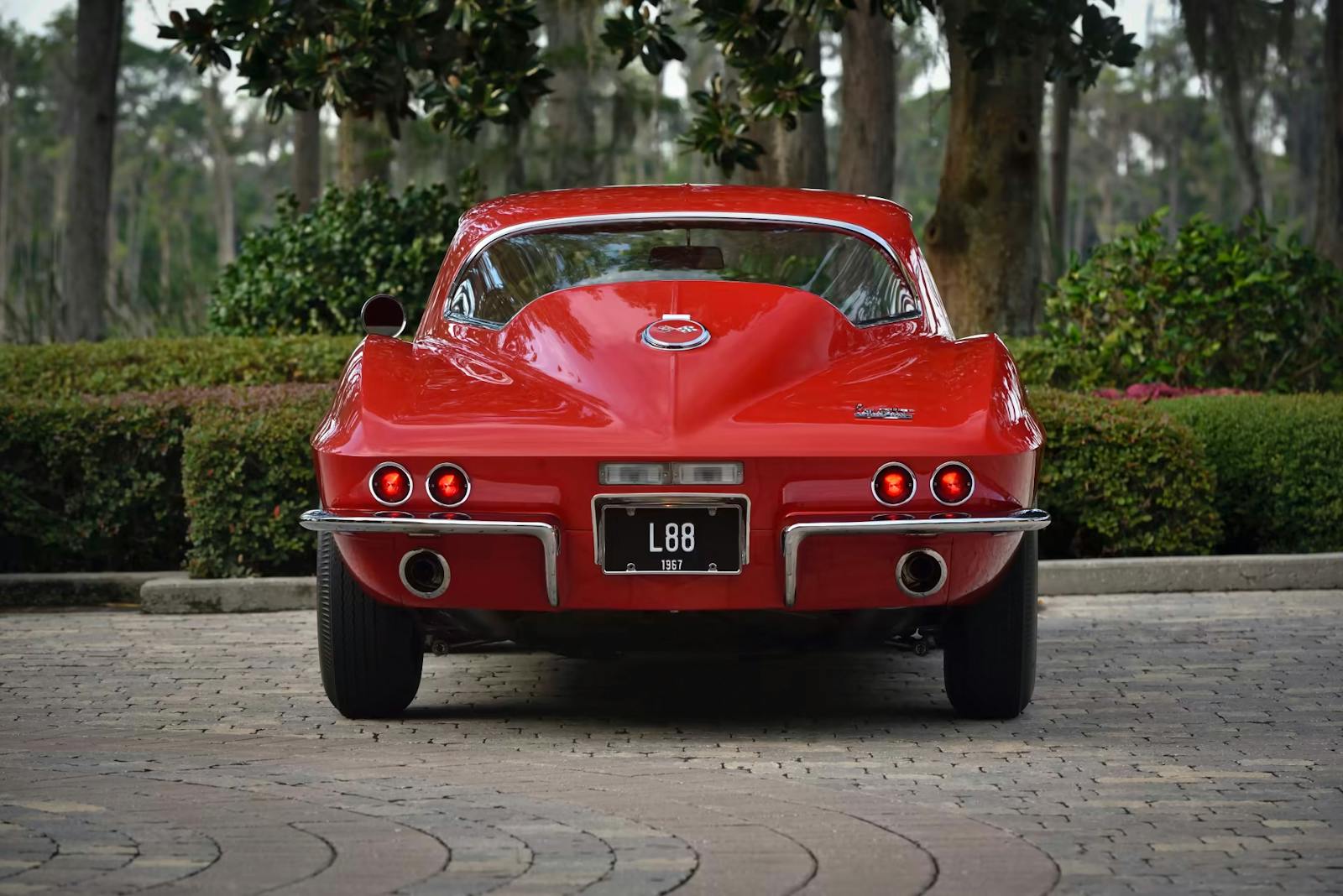

I bought a new ’91 Caprice with the teardrop rear fenderwells. Was never sure if it was handsome or horrible (still having the same questions). The purpose was to use in my sales territory. Fully loaded with leather seats and all. Finally at 145,000 miles and it was still immaculate, some Arabians came by with a generous cash offer: they were rolling the miles to zero and sending container loads to Saudi, disclosing only that they were used cars.
I guess that I will stick with my 57 Chevy 4 dr wagon(original 265 V8 and 3 on the tree), my 39 Ford truck(with a Ford 351M and C6 transmission)…and my 67 Chevy Impala coupe(with a 350 and a TH400 transmission).
I got rid of my 76 vette(nothing but problems…and the need to rebuild the whole rear diff), an 89 mustang fastback with the original 5 speed tremec…and a 2010 Coyote engine(should not have let that go…lol).
Another that I should have kept was a 48 Plymouth business coupe with a 51 Desoto hemi in it.
Oh well…live and learn…….or not.
I’m usually intrigued by your picks. But the only one worth having is the Caprice so you could strip the V8 out of it to update some real collector cars.
For all the haters, I wonder how many of you have actually owned or driven in a well sorted biturbo. I have owned my 87, fuel injected, SI since 1989. I have never skimped on maintenance and, if you find the right mechanic, it will not cost you more than a Honda to maintain. For years, the car was my every-day driver and both my children came home from the hospital when they were born in the backseat of the car. I needed to graduate to a four door car once the family grew so, for the last 20 years, the biturbo has been a summer weekend car on which I put one to 2000 miles per year. It has always been reliable, and has never left me stuck. You certainly don’t see them coming and going. While I’ve never owned the carbureted version, I can absolutely say that the fuel injected version is very reliable. Additionally, when I used to track the car, I would regularly pass 308s, 328 and 355s on the track. All I can say is, don’t knock them ‘till you have tried them.
Right on cue, here comes the crew of Hagerty Whiners! The nit-picky, always negative, perpetually whining Hagerty commenters make the brand purists (“how dare you put a Chevy engine in a Ford hot rod?!”) on Bring a Trailer sound like Ted Lasso by comparison.
I had a 76 monte carlo(the one with swivel seats and a 400 in it). The hood was so long that if I crested a steep hill….all I could see was air….with no ground below!
Growing up in the ’60s with Chevys, and a father that was a dealer, it’s hard not to like them. A model for every kid –and every adult!
However, in 1989 I remember trading for a pristine 1986 Lincoln Town Car Signature, and boy was that a nice ride! Going out for a nice dinner– yeah, I think we’ll take the Lincoln.
Not only the smooth ride but remember how quiet those old full- frame luxury Fords and Lincoln’s were?
Just something to think about, as we reminisce, floating down the road on the family sofa.
I would like to include the Toyota SW20 MR2 1991-1995. Great mid-engine cars that are reliable with a classic look for the 90’s and certainly as fun if not more fun to drive than some mentioned in the write-up.
Toyota has created some great cars that should be topping the list for collector cars to own. My gem is a 1991 Toyota MRs SW20 normally aspirated with 36,200 original miles.
Volvo has always amazed me, the fast back in the early 60’s was a very nice fun car, as time progressed Volvo became a yuppie cult car, there was something about its ugly looks , poor performance and outrageous repair costs that endeared it to these masachists. I bought a 90 series suv, i heard everyone singing its praise. it was okay but with an $1800. bill at 60,000 miles for an alternator and $9500 bill for a trans at 85000 miles on top of piles of other items i gave up. as i talked to other happy Volvo owners at the car dealership some experiences were worse. Volvo does a phenomenal marketing job and deserves real praise for that
Who would have thought the whale like Caprice would ever catch on? Yeah, the SS Impalas were a tad better, but still….. If you want a really big car from that era, there are better choices.
Get the largest dumpster available and put them all in it.
Awesome beautiful rides all, but I think I’ll just have to be content with My ’63 StingRay coupe.
Thank You for sending this out.Always informative, easy to read full honest detail on whole vehicle including history and amazing all round camera work inside and out
The Caprice and the Volvo have some residual value, despite their age, because they are still decent used cars. People will buy these today because they are useable, much like early SUVs and pickups. A car does not have to be a “garage queen,” in order to qualify as a “collectible.”
I was very surprized at the 90’s Caprice I thought it would have been the 80’s Caprice.